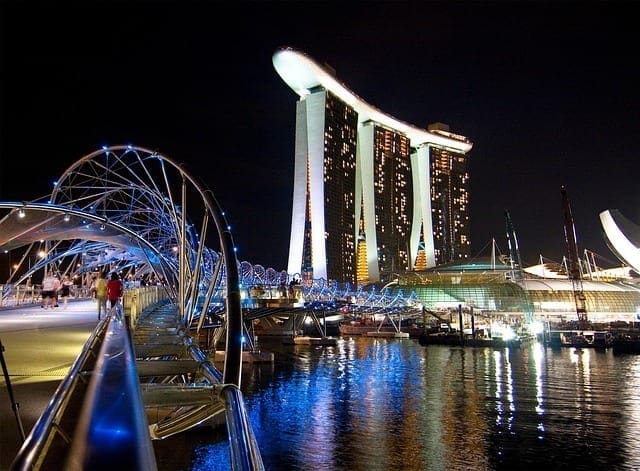
Last November, the Manipal Blog featured an article called Travel The World On A College Student’s Budget, highlighting various affordable tourism destinations around the world. Indeed, college students often have to try to enjoy themselves with limited financial resources at hand, and when it comes to travelling during breaks in the school year, such destinations can be ideal.
In this follow-up article, I’m going to address an entire type of tourism that has become increasingly available to students in India operating on a budget. Once upon a time, the idea of casino tourism meant going all the way to the United States or Europe to enjoy major casinos and resorts. Now, for those who merely enjoy gambling and casino games, it’s easy enough to find places to play just about anywhere. However, the idea of actual casino tourism isn’t just about the games, it’s about the stunning resorts, breathtaking luxury, and dynamic entertainment that exists at major destinations. And throughout the past decade or so, such destinations have sprung up in a major way throughout the Far East and the Pacific region.
Here are a few casinos in particular in this part of the world that college students should consider keeping on their lists for quick vacation getaways.
Marina Bay Sands Singapore
Singapore has rapidly become one of the premiere resort and casino destinations in the world, and it isn’t too far for a student from India to travel to during a school break. The towering, beautiful Marina Bay Sands resort is arguably its signature venue. Rooms at this casino can be pricey, with even the cheapest options approaching about 26,300 rupees, but reasonable travel costs could help to offset such prices—and the destination is well worth it. Singapore’s resorts are known for providing ranges of entertainment that appeal to various demographics, meaning it’s not all about the casinos and gambling. There are world-class shops, restaurants, shows, etc., and then there’s the resort’s infamous “Sky Deck”, which is one of the coolest attractions imaginable. Why? It’s a 200-metre-high infinity pool deck!
The Venetian Macau
The Venetian Macau is within reasonable travel distance, too, and it is truly among the most spectacular casino establishments, not just in the Far East but in the entire world. Constructed by the Las Vegas Sands group for over $2 billion U.S., the casino is modeled on the Las Vegas Venetian, but it is significantly larger and thus even more remarkable. The Venetian Macau is, at 10,500,000 square feet, “the sixth largest building in the world in terms of floor area,” and the single largest casino in existence. This means gaming, entertainment, and dining options are basically unlimited. And best of all for students, the Venetian has some fairly affordable room rates. There are options for roughly $1,900 HKD/night (or about 15,700 rupees), which, split among a few friends, is a bargain for facilities like these.
The Wynn Macau
Another option in Macau, this is arguably the most traditional casino resort in the region and will remind a lot of visitors of the images and film they may have seen of Las Vegas venues. Rooms are reasonable (again, if splitting fees with friends), falling in between those of the Marina Bay Sands in Singapore and the Venetian at roughly 20,000 rupees per night for a modest option. But of course, even modest options are spectacular! A CNN Travel guide to Macau’s casino scene notes that the Wynn Macau was actually the first Vegas-style resort to open in the region (in 2006). Also, as with some similar resorts, its main attractions aren’t necessarily the casino floors. Known for its terrific spas and restaurants, the Wynn in Macau is an ideal spot for students looking to get away just to relax and soak up some luxury.
None of these options are truly cheap, once you factor in costs for dining, entertainment, etc. But for students travelling on a budget, it’s still a nice idea to remember that outstanding casino destinations are not too far away, and manageable travel costs can make them viable options.
About the Author: Brian Oliphant is a freelance writer and photographer whose work focuses mostly on world travel.

Be the first to comment